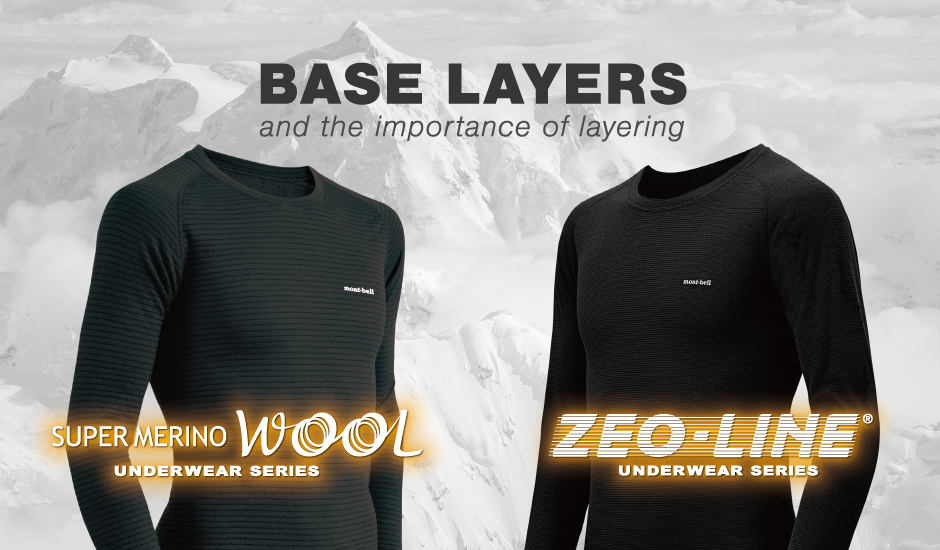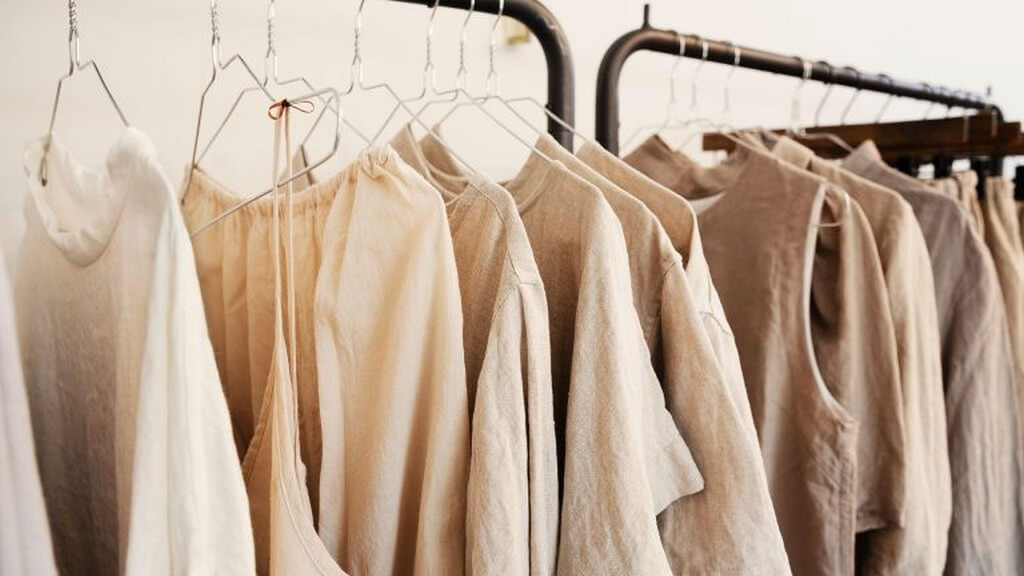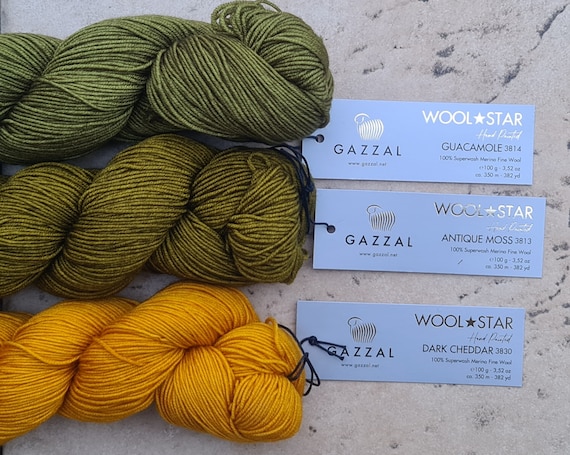Handy Facts For Selecting Merino Wool Base Layers
Wiki Article
What Makes Yak Merino A Good Base Layer For Winter Sportswear?
Natural fibers are an excellent choice for base layers in winter sports clothes, not just for their durability but also for their sustainability.
Yak wool and merino fibers are both made from natural fibers. Renewable resources can be harvested sustainably without causing harm to the animal. They are biodegradable which means that they break down naturally and do not harm the environment.
Low Environmental Impact
Natural fibers generally have a lower environmental impact than synthetic materials. The harvesting and cultivation of wool is less involving chemicals and uses less non-renewable resources as compared to synthetic fibers.
Energy Efficiency
The processing of wool fibers requires less energy than synthetic fibers that are produced like nylon or polyester. Natural wool production is energy efficient and results in a lower carbon footprint.
Microplastic pollution is reduced
Natural wool fibres do not pollute lakes with microplastics as do synthetic fibers.
Durability and Recycling-
The clothing made from yak merino is typically sturdy and last for a lengthy duration. Wool fibers can also be repurposed or recycled, reducing consumption.
Sustainable Practices
Manufacturers and producers of wool follow sustainable and ethical practices that are ethical and sustainable. They ensure the welfare of their animals, responsible land-management, and fair working conditions for all workers throughout the production chain.
Environmental Certification-
Certifications such as the Responsible Wool Standard and the Global Organic Textile Standard verify ethically and environmentally responsible practices used to produce wool. This provides consumers with confidence regarding sustainability.
Base layers made of yak merino are generally eco-friendly since they are sourced from renewable and natural sources. They also have a minimal environmental impact when they are produced and use ethical and sustainable supply chains. Natural fibers, such as yak wool merino are a fantastic option for winter sports clothing that supports responsible consumption and eco-friendly practices. Have a look at the top rated merino wool base layers examples for more tips including smartwool quarter zip, smartwool 250 women's, wool thermal underwear, smartwool base layer sale, smart wool baselayer, minus 33 base layer, merino wool base layer hunting, best merino base layer, wool thermals, smartwool 1 4 zip mens and more.

What Are The Benefits Of Wearing Bamboo Clothes In Terms Of Softness, Antibacterial Properties, Durability And Renewability?
Bamboo clothing comes with many benefits in terms of softness and durability.
Bamboo fabric is a silky, soft texture that is often compared to luxurious materials such as cashmere or silk. It feels soft and smooth against your skin. It is an extremely comfortable and pleasant fabric to wear.
Antibacterial Properties
Bamboo has antimicrobial properties that are naturally. The ingredient is known as "bamboo Kun." This ingredient helps to stop the growth of bacteria that cause odor and fungi on the fabric, keeping it fresher for longer periods and lessening the need for frequent washing.
Durability-
The strength of bamboo fibres although soft, can be robust and durable. Bamboo-based clothing is not prone to tearing and wear. This makes it ideal for many tasks.
Renewability-
Rapid Growth Bamboo is a source that is fast growing and doesn't require pesticides. It can reach maturity within a few years, which makes it available for sustainable harvesting and reduces the environmental impact of cultivating.
Sustainability-
Sustainable Producing- Bamboo cultivation and processing has typically lower environmental impacts than the production of synthetic material. Bamboo's rapid growing, low water consumption and ability to grow under diverse conditions make it a renewable material.
Biodegradability-
Natural Breakdown - Bamboo clothing is biodegradable, meaning it will degrade naturally at the end of its life cycle. This decreases the quantity of non-biodegradable waste in landfills and aids in reducing environmental pollution.
Hypoallergenic Qualities
Less Irritation: Bamboo fabric tends to be less prone to skin irritation and allergies than other synthetic materials. This makes it the perfect choice for sensitive skin.
The combination of the softness and antibacterial qualities, along with longevity, renewability and sustainability make bamboo clothing a popular choice for those seeking comfort, practical, and environmentally friendly apparel. These attributes make for a pleasant wearing experience, while also aligning with eco conscious practices. See the best bamboo clothings recommendations for site examples including bamboo baby clothes, boody ecowear, checkered bamboo pajamas, bamboo fitness clothing, bamboo yoga trousers, bamboo pants mens, clothes made from bamboo fiber, bamboo tee shirts women, bamboo yoga pants, men bamboo boxer shorts and more.

What Are The Major Differences Between Bamboo And Merino Clothing?
Merino Wool Bamboo Clothing, Regular Wool have distinctive features that distinguish them.
Softness Merino wool is known for its soft and fine fibers, making it comfortable against skin. It is less likely that it will cause irritation or itchiness when compared with other types of wool.
Merino Wool is a Moisture Wicking. Merino wool wicks moisture off the skin, allowing it evaporate and keep the wearer comfortable and dry.
Merino is a great insulation when it is wet. It regulates body temperature, offering warmth in cold temperatures and breathability, which helps prevent excessive heat during exercise.
Odor Resistance - It is an anti-bacterial natural ingredient that inhibits bacteria growth making clothes fresh and smelling good even after long wear.
Bamboo Clothing
Softness- Bamboo clothing's silky texture is often compared to cashmere or silk. It's a gentle material that offers a pleasant wearing experience.
Moisture-Wicking Bamboo fabric is a moisture-wicking material that can draw moisture away from the skin, keeping the wearer dry throughout physical exercise.
Temperature Regulation- Bamboo clothing has natural temperature-regulating abilities, offering warmth in winter and breathability to prevent overheating.
Sustainability- Bamboo has high levels of renewable resources. It grows quickly without pesticides and fertilizers. It is biodegradable, with minimal impact on the environment.
Wool Regular
Texture. The traditional wool texture isn't the only one that can be varied. Some types of itchy or uncomfortable textures are more rough.
Warmth- Regular Wool is a great source of great insulation and warmth, although it can be weighty and bulky at times.
Moisture Absorption- Wool can absorb moisture, making it less effective in moisture-wicking as compared to merino wool and bamboo fabric. It is still warm even when it is damp.
Merino wool is supple and is extremely moisture-wicking It is also resistant to odors and also provides insulation. Bamboo clothing features a silky airy feeling. It also regulates temperature and is eco-friendly. Regular wool is different in texture and might not provide the same moisture-wicking properties or softness like bamboo or merino, but it provides warmth and insulation. Each material offers its own advantages, and caters to various preferences and needs when it comes to winter wear. Check out the top rated click this on bamboo winter clothings for website info including base layer for warmth, 400g merino wool base layer, minus 33 base layer, 100 merino wool base layer, patagonia merino wool base layer, best thermals for skiing, smartwool 250 base layer bottoms, wicked wool base layer, wool thermals, wool thermals mens and more.
